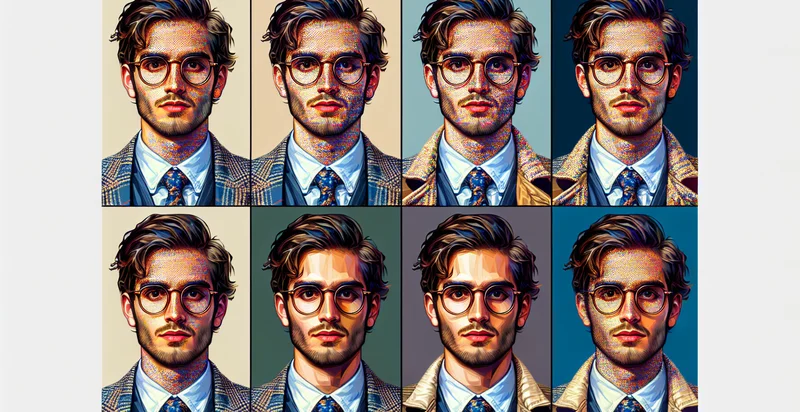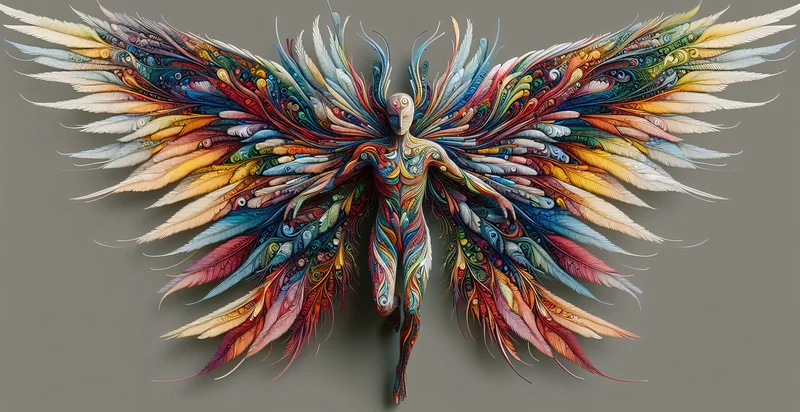Identify which character from The Middle you look like
using AI
Below is a free classifier to identify which character from The Middle you look like. Just upload your image, and our AI will predict which character you look like - in just seconds.

Contact us for API access
Or, use Nyckel to build highly-accurate custom classifiers in just minutes. No PhD required.
Get started
import nyckel
credentials = nyckel.Credentials("YOUR_CLIENT_ID", "YOUR_CLIENT_SECRET")
nyckel.invoke("which-character-from-the-middle-you-look-like", "your_image_url", credentials)
fetch('https://www.nyckel.com/v1/functions/which-character-from-the-middle-you-look-like/invoke', {
method: 'POST',
headers: {
'Authorization': 'Bearer ' + 'YOUR_BEARER_TOKEN',
'Content-Type': 'application/json',
},
body: JSON.stringify(
{"data": "your_image_url"}
)
})
.then(response => response.json())
.then(data => console.log(data));
curl -X POST \
-H "Content-Type: application/json" \
-H "Authorization: Bearer YOUR_BEARER_TOKEN" \
-d '{"data": "your_image_url"}' \
https://www.nyckel.com/v1/functions/which-character-from-the-middle-you-look-like/invoke
How this classifier works
To start, upload your image. Our AI tool will then predict which character you look like.
This pretrained image model uses a Nyckel-created dataset and has 20 labels, including Hero, Villain, Sidekick, Mentor, Love Interest, Comic Relief, Anti-Hero, Damsel In Distress, Ruler and Explorer.
We'll also show a confidence score (the higher the number, the more confident the AI model is around which character you look like).
Whether you're just curious or building which character from The Middle you look like detection into your application, we hope our classifier proves helpful.
Related Classifiers
Need to identify which character from The Middle you look like at scale?
Get API or Zapier access to this classifier for free. It's perfect for:
- Social Media Engagement: A social media platform could implement this function to enhance user engagement by allowing users to upload their pictures and receive fun results about which popular characters they resemble. This could lead to increased sharing of results, driving traffic and participation in community challenges or themed events.
- Marketing Campaigns: Brands could leverage this function in their marketing strategies to connect with customers on a personal level. By inviting users to discover which characters they resemble, companies can create interactive advertisements or social media challenges that promote brand awareness and customer loyalty.
- Online Polls and Quizzes: Websites focused on entertainment or lifestyle could use this function to enhance interactive content through personalized quizzes. By enabling users to identify with characters, websites can keep users engaged longer and encourage them to share their results with friends.
- Event Personalization: During fan conventions or cosplay events, organizers could implement this tool to personalize the experience for attendees. Participants can learn which character they resemble, leading to tailored activities, photo ops, or costume contests that align with their identified character.
- Character Merchandise Recommendations: E-commerce platforms could integrate this image classification function to suggest merchandise related to the characters users resemble. This personalized shopping experience not only improves user satisfaction but also increases conversion rates by aligning products with user preferences.
- Gamified Experiences: Gaming companies could use this tool to create unique in-game avatars based on user's real-life appearances, linking character resemblance to specific traits or abilities in gameplay. This gamification strategy can foster a deeper connection between players and in-game characters, enhancing the overall gaming experience.
- Psychographic Analysis: Businesses focused on user research could utilize this function for psychographic analysis, helping them understand demographics better through character associations. This insight could inform product development, marketing messaging, and user segmentation strategies, creating more targeted and effective campaigns.


